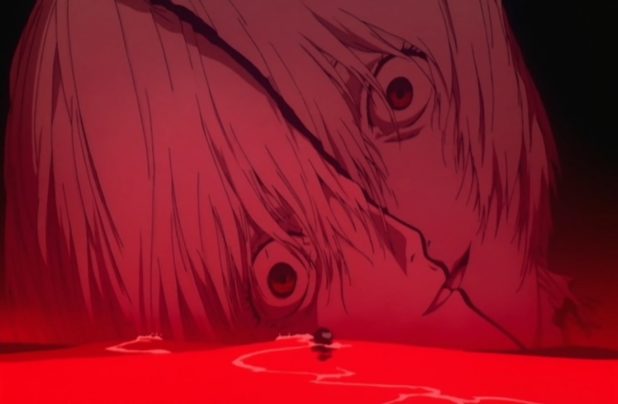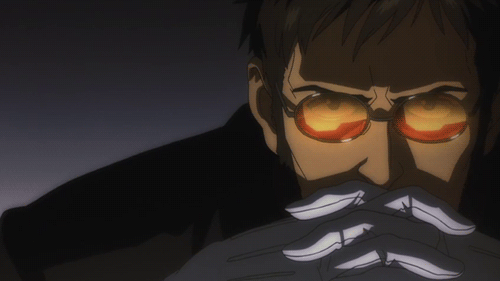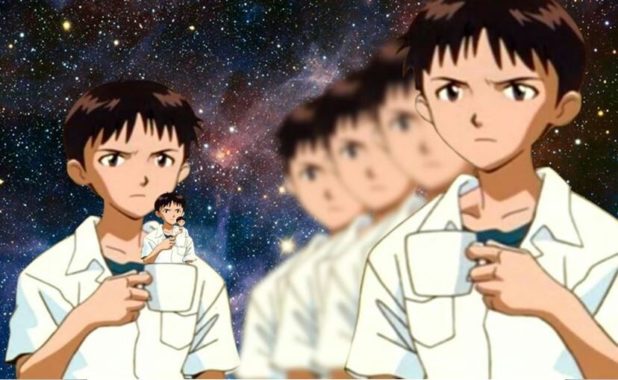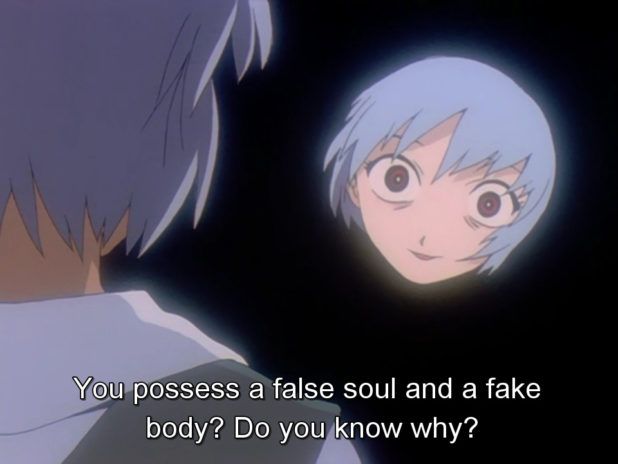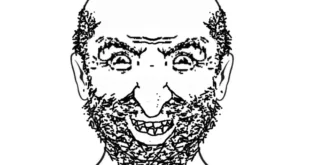Pomidor Quixote
Daily Stormer
September 14, 2019
Mind Status: UPLOADED
Dr. Michael Graziano, professor of psychology and neuroscience at Princeton University, wrote an essay for The Wall Street Journal about how you are nothing more than brain data that will be able to live longer — possibly forever — if only it wasn’t limited by its containing device.
Imagine a future in which a machine can scan your brain and migrate the essentials of your mind to a computer. It’s called mind uploading—preserving a person’s consciousness in a digital afterlife. As a neuroscientist, I’m convinced that mind uploading will happen someday. There are no laws of physics that stand in the way. It depends, however, on technology that has not yet been invented, so nobody knows when mind uploading might become available.
The brain relies on an elegant, underlying principle: A simple working part, the neuron, is repeated over and over to create complexity. The human brain contains about 86 billion neurons interconnected by about 100 trillion synapses. Information flows and transforms through those vast connected networks in complex and unpredictable patterns, creating the mind.
Notice the wording. “Migrate” would be about moving your mind and “preserving” would be about keeping your mind, but that’s not what’s being discussed when talking about this “mind uploading” thing.
Using the word “upload” makes people think of this synthetic brain thing as they would computer data. You have some file on your computer and you “upload” it to the Internet. Unlike the so-called mind-uploading that’s discussed in this essay, both the file you have on your computer and the result of its “uploading” are digital.
Your mind is not in a computer. There is no “uploading” your mind. When you scan a drawing your daughter made for you, you’re not migrating the drawing, you’re not preserving the drawing, and you’re not uploading the drawing — you are creating a digital representation of it. What would make you feel worse? Losing the original or losing the file on your computer?
To upload a person’s mind, at least two technical challenges would need to be solved. First, we would need to build an artificial brain made of simulated neurons. Second, we would need to scan a person’s actual, biological brain and measure exactly how its neurons are connected to each other, to be able to copy that pattern in the artificial brain. Nobody knows if those two steps would really re-create a person’s mind or if other, subtler aspects of the biology of the brain must be copied as well, but it is a good starting place.
The first technical challenge is all but solved. Engineers already know how to create artificial, simulated neurons and connect them together through synapses. We can simulate networks of thousands or even millions of neurons. The modern wonders of artificial intelligence, like Siri or self-driving cars, depend on large artificial neural networks. Simulating a brain with 86 billion neurons is a little beyond current technology, but probably not for long. Computer technology is always improving.
The second challenge is much harder. A team of scientists at Albert Einstein College of Medicine recently used an electron microscope to map the complete “connectome”—the pattern of connectivity among all neurons—in a roundworm, a tiny creature that has about 300 neurons. The task required almost 10 years. It’s a milestone. But to upload a human brain, we probably want a scanner that doesn’t kill the subject, and we would need it to scan about a hundred million times as many details. That technology doesn’t yet exist. The most wildly optimistic predictions place mind uploading within a few decades, but I would not be surprised if it took centuries.
However long the technology takes, it seems likely to be a part of our future, so it’s worth taking a moment now to think about the implications. What will mind-uploading mean for us philosophically and morally?
Suppose I decide to have my brain scanned and my mind uploaded. Obviously, nobody knows what the process will really entail, but here’s one scenario: A conscious mind wakes up. It has my personality, memories, wisdom and emotions. It thinks it’s me. It can continue to learn and remember, because adaptability is the essence of an artificial neural network. Its synaptic connections continue to change with experience.
Sim-me (that is, simulated me) looks around and finds himself in a simulated, videogame environment. If that world is rendered well, it will look pretty much like the real world, and his virtual body will look like a real body. Maybe sim-me is assigned an apartment in a simulated version of Manhattan, where he lives with a whole population of other uploaded people in digital bodies. Sim-me can enjoy a stroll through the digitally rendered city on a beautiful day with always perfect weather. Smell, taste and touch might be muted because of the overwhelming bandwidth required to handle that type of information. By and large, however, sim-me can think to himself, “Ah, that upload was worth the money. I’ve reached the digital afterlife, and it’s a safe and pleasant place to live. May the computing cloud last indefinitely!”
But what does biological me think? I leave the scanning facility feeling like I’ve wasted my money. I’m just as mortal as I was when I walked in. Sure, somewhere in the cloud a copy of me exists. I could even have a phone conversation with that copy and argue over who is the real me. But in the end, bio-me feels cheated.
Philosophically, what is the relationship between sim-me and bio-me? One way to understand it is through geometry. Imagine that my life is like the rising stalk of the letter Y. I was born at the base, and as I grew up, my mind was shaped and changed along a trajectory. One day, I have my mind uploaded. At that moment, the Y branches. There are now two trajectories, each one convinced that it’s the real me. Let’s say the left branch is the sim-me and the right branch is the bio-me. The two branches proceed along different life paths, with different accumulating experiences. The right-hand branch will inevitably die. The left-hand branch can live indefinitely, and in it, the stalk of the Y will also live on as memories and experiences.
Have I really achieved digital immortality? The heart of the problem lies in that word, “really.” Neither one of us is the “real” me. We form an extended, branching geometry. That geometry might not stop at two branches, either. One could imagine a much more twiggy tree that is still, collectively, “me.” The idea of the individual would need to be revised or thrown out entirely.
You are like genders, there’s hundreds of you!
Philosophically, this doctor is wrong. You will always be the real you. His “letter Y” example doesn’t really work because the computer or whatever it is that “houses” the “uploaded mind” wouldn’t be a part of him. The Y didn’t branch — something new was created.
It’s a hard world to think about with any intuitive comfort because, of course, nobody has had any experience with it yet. We’re all used to going to sleep at night, experiencing a form of little death and then waking up as someone who is 99.9%, but not exactly, the same. We don’t obsess over whether yesterday’s me died and a new person has been foisted on us in its place. We’re all so used to the process that we don’t think about it much. With mind uploading, we’d have to get used to a different concept of the continuity of life.
In science fiction, the philosophical conundrum of a branching geometry is usually conveniently avoided. For example, in the movie “Tron” (1982), arguably the first really popular mind-uploading fantasy, when a person enters the digital world, his physical self magically disappears, and when he leaves the digital world, his physical self reappears. That way, you never have to think about two of him at the same time. In “The Matrix” (1999), each person has only one mind that can experience the physical world or be plugged into the simulated world of the matrix.
This kind of gimmick is a clever storytelling device that makes the fantasy digestible to the modern mind. But when mind uploading arrives for real, we will have to adjust to personhood as something more like a data file that can be duplicated and morphed into multiple versions.
People going to sleep don’t experience “a form of little death.” When they wake up, they are still themselves. You can grow, learn and change and you’ll still be yourself because you’re not just the contents of a collection of data.
But a wise, thoughtful mind has never been able to live across generations. Mind uploading would give us a powerful new way to accumulate skill and wisdom. It could cause as much of a change in human civilization as writing did.
And mind uploading may give us one more remarkable benefit. Currently, we are not a space-faring species, and it’s hard to imagine how we ever can be. Our bodies are fragile, the cosmic rays that permeate space are toxic to us, and we don’t live long enough to go anywhere interesting. The fastest rockets today would take about 50,000 years to reach Alpha Centauri, the nearest star.
Yet all of these obstacles could be overcome by mind uploading. We could have whole colonies of minds, keeping each other company in a virtual environment, sent off to explore the galaxy without any intrinsic limit of time or space. The only way for us to become a truly space-faring civilization might be not by building a spaceship environment to house the human body but by building a platform to carry the human mind. Arguably, mind uploading is humanity’s most obvious path into a deep future unburdened by our mortality or the fate of our terrestrial home.
The language he uses is so deceptive that one has to wonder if he’s malicious or just a retard. “We” wouldn’t have colonies of minds, because those wouldn’t be minds but digital representations of minds (not even copies!) just as unrelated to the beings that created them as people are unrelated to the documents they scan at work.
Humanity wouldn’t have a future “unburdened by our mortality” because uploading or not, everyone would die just the same.
But hey, you’d have the “digital minds” thinking they’re the originals and acting like the originals despite the originals having gone extinct thanks to the likes of Dr. Letter Y Branch here.
 Daily Stormer The Most Censored Publication in History
Daily Stormer The Most Censored Publication in History
